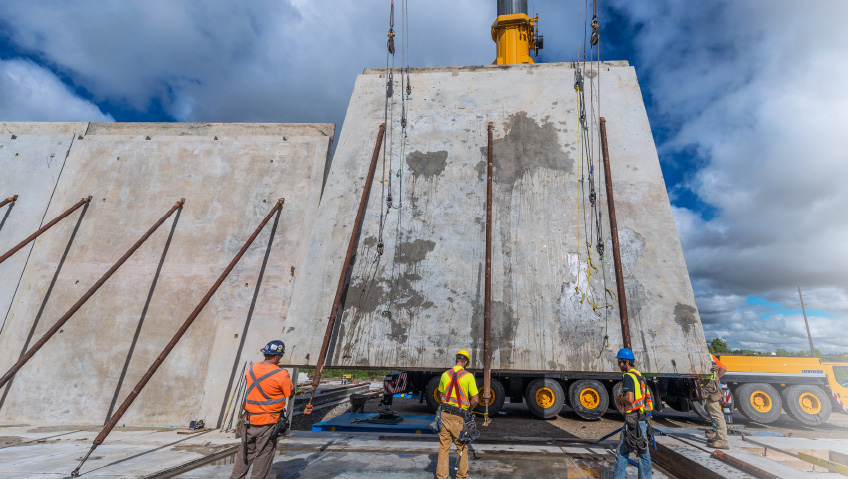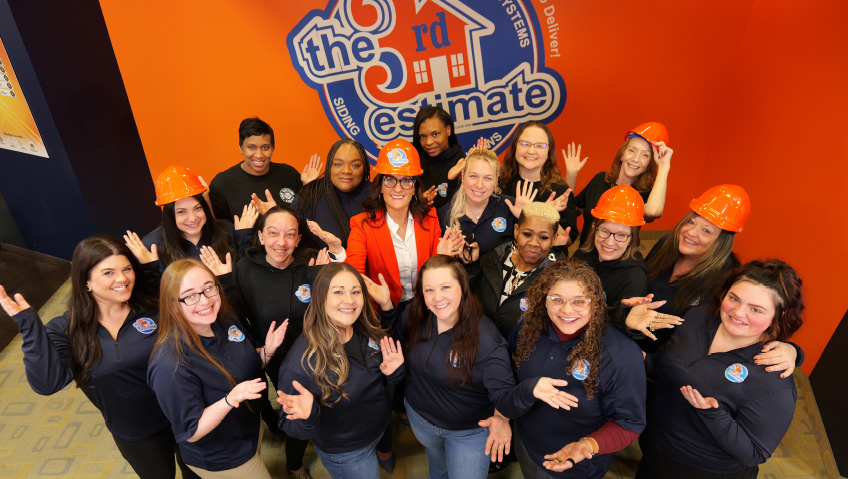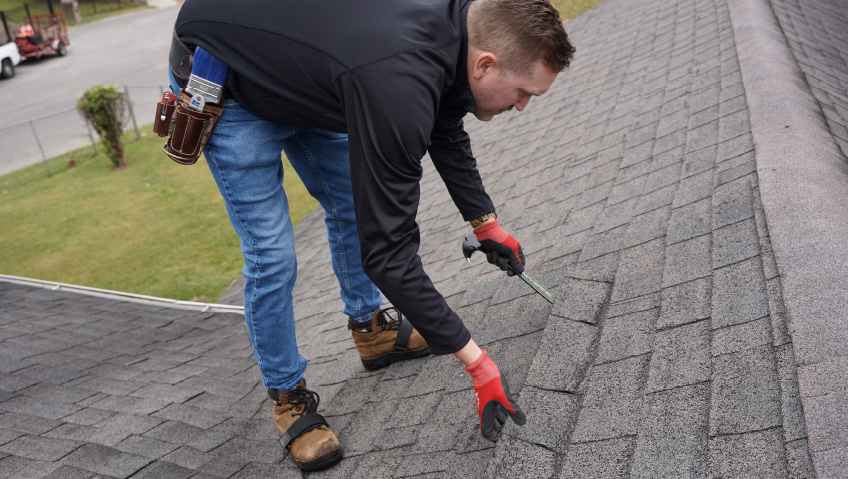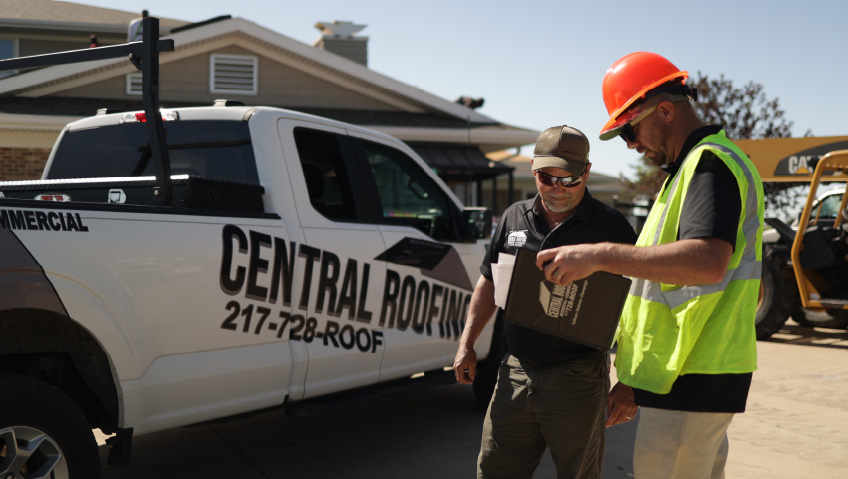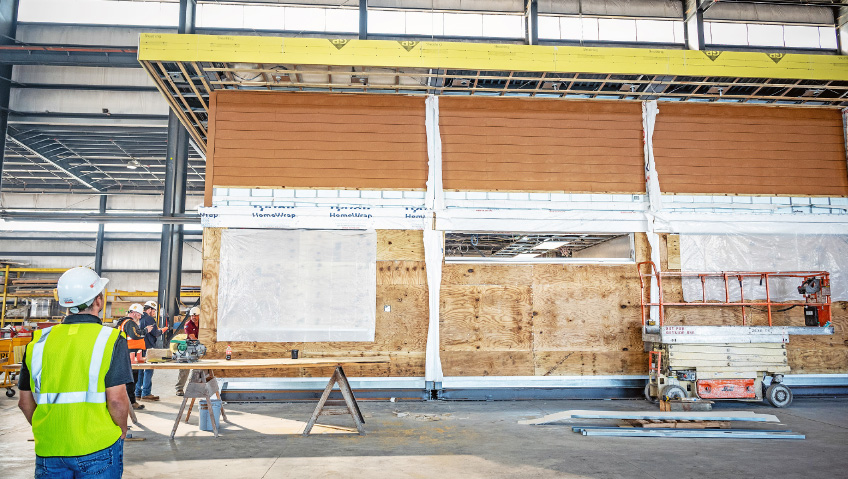Driving—it’s something that most of us do, and let’s face it, where would we be without it? But we also know that it comes with downsides for our environment. The emissions are the obvious part, but there is another significant part of our vehicles that can also contribute to pollution: the tires that our cars run on.
Accelerate, put on the brakes, or make a turn, and our tires wear just a little. But all that speeding up, slowing down, and cornering adds up to more than 6 million metric tons of tire dust in the atmosphere each year. That means particles in lakes, rivers, oceans, and places as far away as the Arctic.
And that’s just the tire dust from driving. The average car owner will also replace their tires about every five years. That is a colossal amount of more than one billion tires bound for landfills each year, while an estimated four billion tires already sit there.
There are not a lot of easy solutions to this problem. Part of the issue is that most car tires are made with vulcanized rubber, which includes sulphur and other chemicals that improve the durability of rubber but also make them much harder to break down. So, one of the more appealing ways to deal with tires that are no longer on the road is through the circular economy.
Finding new and different ways to use old tires can go a long way to extending their lifecycle and reducing their impact on the environment. One company playing an especially important role here is Dinoflex.
Quality floors
Founded in 1989 in Salmon Arm, British Columbia, Dinoflex has been manufacturing high-quality, sustainable rubber flooring from recycled tires for 35 years.
All the rubber comes from within 500 miles of its factory and that means the company is scooping up rubber that would otherwise end up in landfills. The importance of this work has become ever more obvious as the impact of climate change is seen in the company’s own backyard, with the traditionally damp Pacific Northwest experiencing drought and wildfires as a result.
“Being in business for 35 years in any industry isn’t easy. But there are some core values that Dinoflex has held to throughout its history,” says Mark Bunz, CEO of Dinoflex. “It takes a winning culture centred around a group of people with a desire to be better every day.”
One of those core values is innovation that extends from process to product to customer activities. “This helps us introduce unique products and strengthens our partnership with customers,” says Bunz.
It certainly doesn’t hurt that this rubber flooring is also beautiful—from dark interlocking mats for home and commercial gyms to vibrant colours and textures for inspired living and workspaces, retail showrooms, and many more such applications.
The Dinoflex difference
The process of turning tires into flooring is called vulcanization. Remember how tires are made from vulcanized rubber to make them last longer? When recovering the tires and converting them into flooring, a combination of solvents and ground-up rubber is used to bring the rubber back to its natural state. From there, the material is converted into flooring, which opens up new options for material that would otherwise be landfill. Additionally, Dinoflex’s manufacturing approach sets it apart from other companies.
While most companies manufacture rubber in cylinders, Dinoflex flooring is moulded in block format. This makes a big difference because rubber that is formed using cylinders tends to want to snap back to its original form. But because the rubber that Dinoflex produces is made flat to begin with, the flooring stays flat—exactly what you want from a floor.
The company has doubled down on this process with its “Made Flat, Stays Flat™” guarantee that ensures rapid installation and a product that will never curl for the life of the installation.
A great example of Dinoflex’s creative solutions in action is Flyover in Chicago, Illinois. This interactive virtual reality tour allows people to experience the city in a 360-degree theatre at Navy Pier. To help bring this to life, Dinoflex delivered 13,000 square feet of rubber flooring that included 94 circles, which contained numbers displayed throughout as part of the immersion.
Then there is the company’s delightful work at the Phoenix Children’s Hospital. When you walk into the main lobby of the hospital, you will see a floor covered by bright, kid-friendly colours displayed in overlapping circles. Because it is made from the durable rubber of converted car tires, the flooring will stand up to the thousands of big and little feet that pass through the facility every day.
Cutting-edge cutting
What makes these complex designs possible is water jet cutting. As the technique suggests, the technique uses water pressurized up to 392 MPa (MPa stands for megapascal). A pascal is a single unit of pressure, and a megapascal is one million pascals. And yes, 392 of them can accurately cut through just about anything.
When this technique is used in rubber flooring, it can create almost any unique design. Dinoflex offers multi-coloured logos and geometric patterns that can be developed for a guaranteed fit with a client’s existing flooring with minimal variation. While a lot of these projects are for commercial purposes in collaboration with architects and designers, Dinoflex can also provide custom solutions for spaces as small as 300 square feet, in colours of the client’s choice.
Beyond the processes used to guarantee the quality and durability of Dinoflex’s flooring, the company’s innovation has led to more by-products—which would otherwise have been relegated to landfill—used in flooring production.
“We have added our post-industrial by-product to the backing of our Stride Fitness Tile, which helps to increase the impact insulation class level,” Melanie Haskell, Vice President of Sales at Dinoflex, explains. (Impact Insulation Class, or IIC, is a measure of how much sound a floor can absorb as people walk on it.) These gym tiles are engineered with an impact-absorbing grid to reduce sound and vibration.
“Another program we have launched is our Armor X, which is a unique, dual-layer flooring solution. Its polyurethane wear layer and fitness backing contains post-industrial by-product and is incredibly durable, impact-resistant, and self-healing, so there’s no need for costly repairs from indentations,” Haskell adds. “It’s the perfect choice for any fitness application.”
The ultimate goal is to achieve zero waste, something Dinoflex is on track to accomplish. The team is regrinding the manufacturing waste and incorporating it into its products like outdoor tiles for landscape and rooftop spaces, as well as the backing material for its Armor X flooring.
All this innovation and effort have continued to pay off for the manufacturer. The company recently announced a $10 million expansion to its Salmon Arm facility, which is Dinoflex’s third notable investment since 2018. It includes new equipment and automation that significantly increases the company’s capacity to meet the fast-growing demand within the commercial space as well as retail verticals.
This investment is not only a sign of growth; it’s also a commitment to even more innovation, says Bunz. “We’re an industry leader because of our world-class products and focus on innovation,” he says.
In-house innovation
Research and development takes place in-house, a differentiator in the industry and a win for business partners who can review various iterations quickly. “We can do our own testing and launch products much faster. This is a huge advantage and can shave months off timelines for clients.”
The expansion comes at an important time, as applications for recycled rubber surfacing are quickly expanding beyond the typical applications of sport and fitness. Customers are looking for more vibrant and pastel colour concepts for high-traffic spaces like restaurants, event spaces, and retail showrooms. With this growth, Dinoflex can now offer designers more options to include recycled rubber in projects for new builds and renovations. Ultimately, that’s also good news for the environment as green construction innovations come to the forefront.
“What manufacturers do now will reach far into the future and ensure the safety and protection of the Earth, as well as their customers and their employees,” says Bunz, happy to mark the company’s impressive 35 years while looking ahead. “By emphasizing products and creating sustainable processes, we’re also attracting new customers. It’s the direction our world is heading. Environmental responsibility is the future of business right now.”


